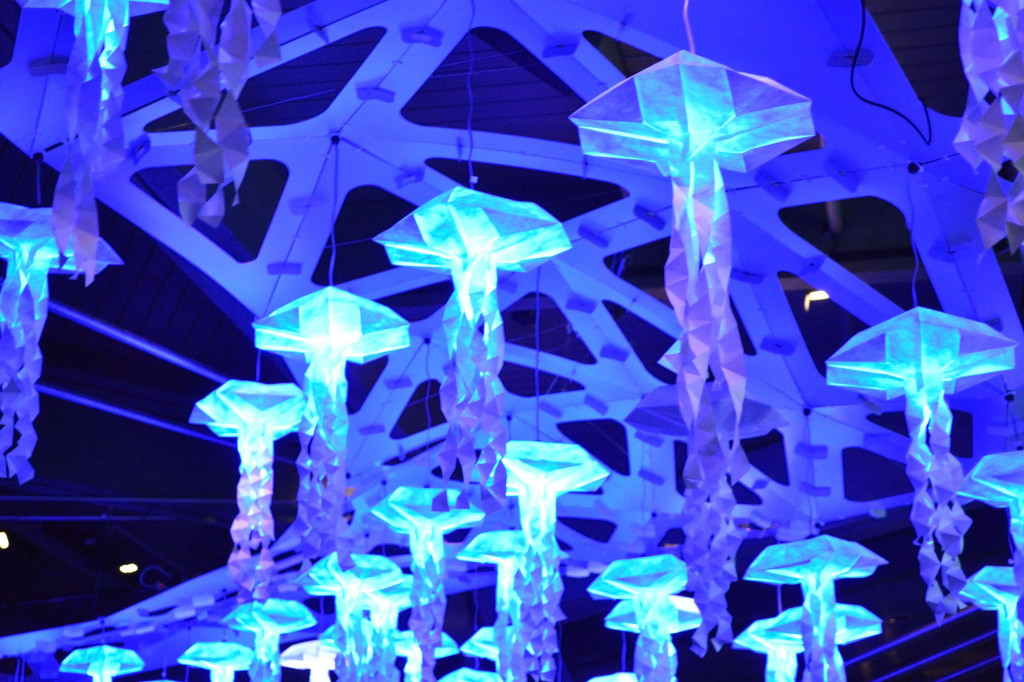
Basic techniques and materials
By Duncan Fingarson, Senior Columnist
Most costumes, wno matter what they’re for, can be made better with props. Video game characters will often have weapons, for example, so taking the time to craft that weapon makes your costume all the more impressive. Making the props on your own can be a challenge, but with a few relatively common materials you’ll find that it’s a lot easier than you may think.
Going in, it helps to know what you’re looking for. Tools, knives, and other items can be found at pretty much any office supply or craft store. For others, you might need to hit up a hobby shop. Hardware stores are another good place to pick up tools and materials. You can also look in toy stores for toys to repurpose as props.
Nerf guns and the like are pretty cheap, at least for the smaller ones. The bigger ones will run a little more, but for most of the handguns you’re looking at $10-15, max. You can take off all the logos with a file or Dremel and paint it to look less like a toy, and more like something appropriate to your costume.
For something like a sword, or an axe, you have a few options. PVC piping makes a good sturdy handle. You can use wood for a blade if you can shape it right, but it’s probably much easier to work with foamboard. Foamboard is basically a sheet of Styrofoam sandwiched between a couple sheets of paper. It can be easily cut to shape with a sharp hobby knife and stacked together for strength and extra thickness. Not to mention it’s significantly lighter than wood, something that could benefit you if you have to carry this prop around for long periods of time.
Another thing to look into, because it’s great for adding small details, is sheet styrene. You might need to go to a hobby shop for that, but it’s not expensive and comes in a variety of thicknesses. Once again, it can be cut with a hobby knife, though it’s better to score it and break it off than to try to cut all the way through.
Choice of glue is important. For plastic, you’ll usually want some sort of cement or epoxy. Hot glue will work for most things but can get a bit messy, and if you’re working with certain lightweight materials like foam-core, it will melt it. Try to avoid regular white school glue if at all possible. Primer is another important thing to consider once you’re ready to paint. Sand your surfaces a bit to give the primer something to stick to, and make sure not to use spray paint on bare Styrofoam, because it will melt.
Finally, painting techniques. There are three basic things to worry about: blending, highlighting, and dry-brushing. Blending, or making a wash, involves mixing water with the paint (you are using water-based acrylics, right? Good) in order to thin it down. Then, you can brush from where you want strongest colour to where you want it lighter, in order to get a nice fade. Highlighting is using a lighter shade of the base colour to go over edges and raised areas, making them stand out. Dry-brushing is most important for metallics, which should always by painted over top of black primer. This involves loading the brush with paint, then wiping most of it off until only the barest amount is left and brushing lightly over the surface of the prop.
Experiment with different things. A combination of foamboard, styrene, and paint with a few oddments can turn into a surprising number of different props. Keep in mind that everything gets easier with practice!



